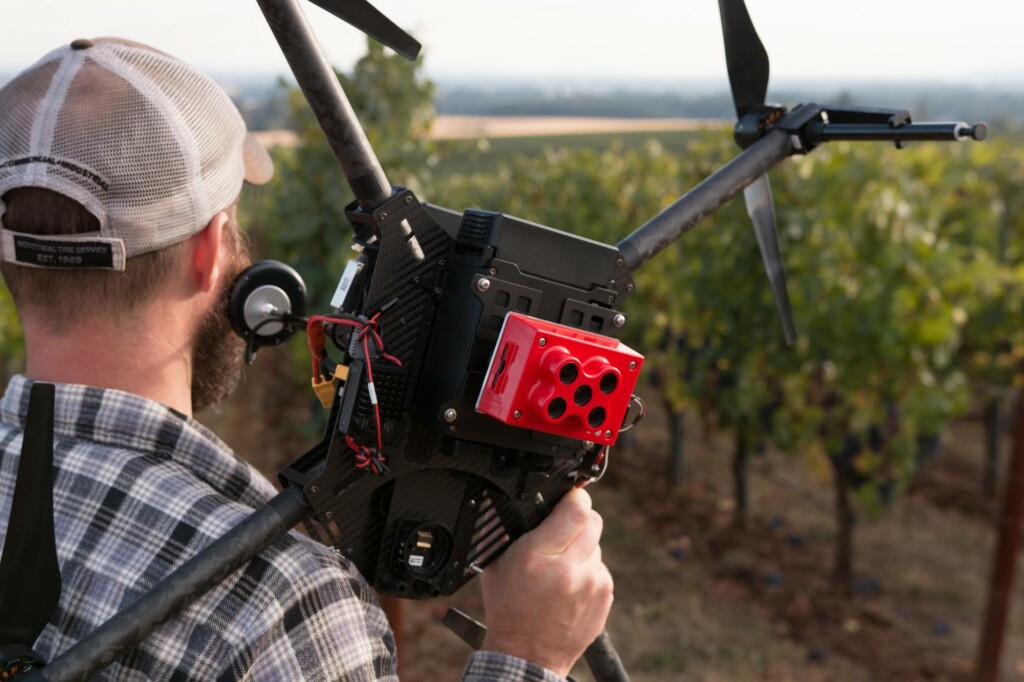 Over the past few years, the conversation around drone technology and use cases continue to heat up, particularly when it comes to the consumer-facing side of the industry. The general public is keen to know what the future holds for drone delivery and the impact that will have on our daily lives. While I can speculate what may be on the horizon for consumers, we must not overlook the incredible advancements that have already come to fruition to solve today’s real-world business problems and are paving the way for future developments in autonomy, logistics and the rapid digitalization of the physical world. Much of this can be attributed to the sensor and data analysis abilities vs. the drones themselves.
Over the past few years, the conversation around drone technology and use cases continue to heat up, particularly when it comes to the consumer-facing side of the industry. The general public is keen to know what the future holds for drone delivery and the impact that will have on our daily lives. While I can speculate what may be on the horizon for consumers, we must not overlook the incredible advancements that have already come to fruition to solve today’s real-world business problems and are paving the way for future developments in autonomy, logistics and the rapid digitalization of the physical world. Much of this can be attributed to the sensor and data analysis abilities vs. the drones themselves.
Here’s a look at how three industries are leveraging advanced drone technology to gain a new perspective:
Agriculture
Field management is foundational to the success of a farmer. With climate change and increasingly difficult yields to manage, they need to understand the condition of their soil, the health of their crops and how new farming techniques, fertilizers and the environment may be impacting them.
Farmers of hemp and produce are now using sensor-equipped drones to fly over their crops to get an accurate assessment of their health. It adds convenience to those who are managing many acres and empowers these landowners with information that can lead to an optimized harvest.
Better information on what is happening on their fields is empowering growers for the next phases in robotics and drones, as is increasing automation coming to farms. Imagine a world where drones can detect an anomaly locally, diagnose the issue in the cloud, and automatically send a spraying drone to address it remotely, all without a human ever setting foot in the field. It’s closer than you think.
Infrastructure and Construction
Infrastructure has become a central topic for many nations as the world’s roads, bridges and buildings are collapsing after decades of neglect and decay. President Biden is proposing $1.2 trillion be invested in addressing these problems in the U.S. Yet, the immensity and hazardous nature of these structures have made it difficult, if not impossible, for humans to handle.
Companies are employing drone technology to safely and efficiently monitor infrastructure integrity and spot defects and stress points before disasters happen.
Construction companies are also using drones as a foundational tool in development of new builds. Drone-enabled aerial imagery and related data analytics allow them to map out construction, determine the feasibility of a project, and manage quality and progress.
Environment
Environmentalists are taking their tracking and analysis to new heights with the use of unmanned aerial vehicles (UAVs). Researchers and scientists can assess vegetation health, wildlife and ecosystem development; estimate biomass; and monitor land erosion and the effects of drought.
As climate changes and natural disasters become more frequent, drone technology is becoming pivotal in identifying the potential for forest fires, coastal flooding and even noxious weeds, which can compromise the integrity of federal, state and local roadways. Reforestation and beach replenishment efforts are also being supported by actionable insight made possible by the technology.
The Future
Ultimately, this is all laying the foundational blocks for a future where every aspect of our lives will be, in some way, impacted by drone technology. Making this an achievable reality is dependent on the Federal Aviation Administration (FAA), which is governing the advancement and parameters of drone use. It may take years before restrictions are fully lifted and consumers can get their groceries delivered to their doorstep by drone. However, the momentum is there, commercial applications are proliferating now, and the possibilities for the technology are endless as these policies shift. After all, the sky really is the limit when it comes to drones.
















Comments